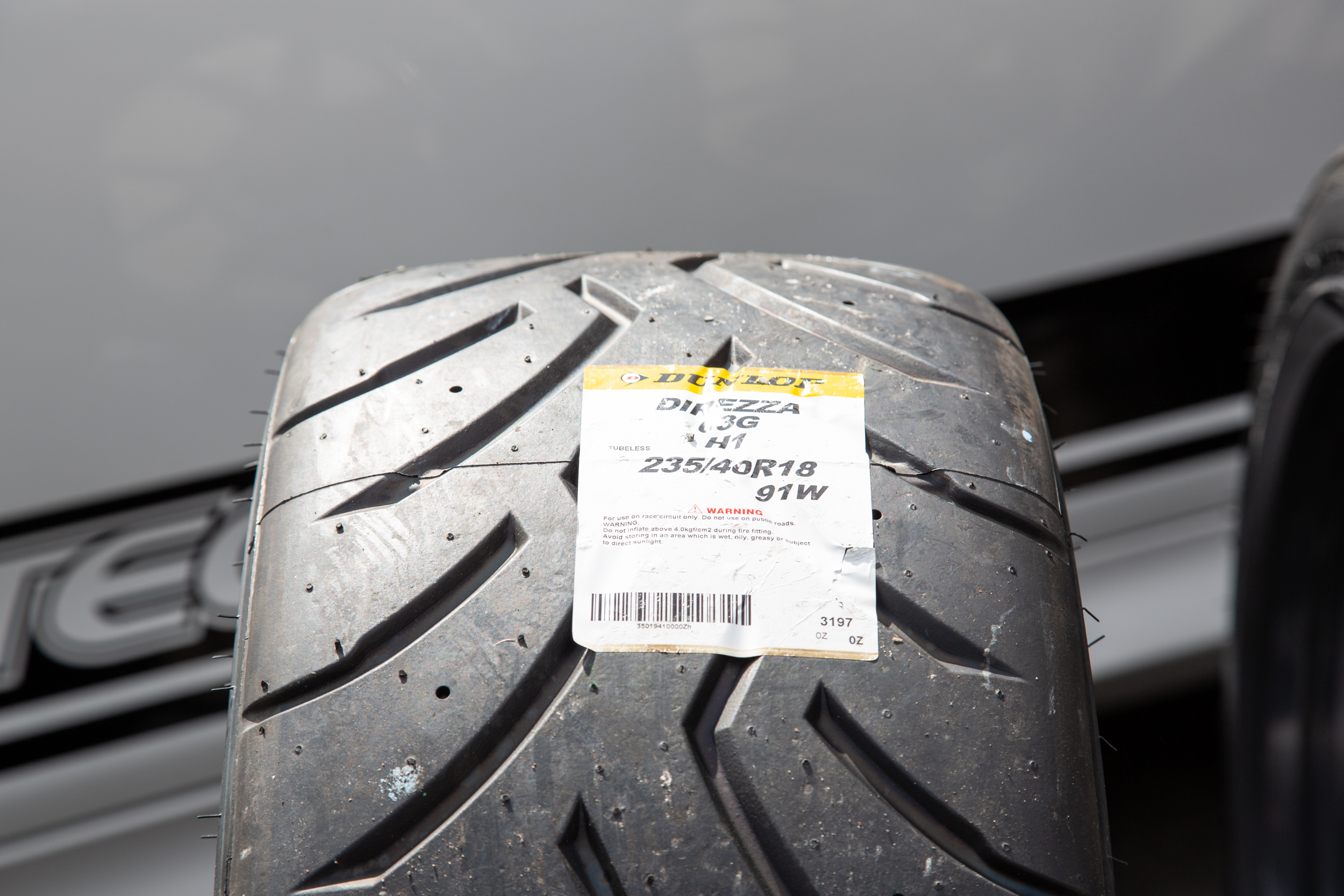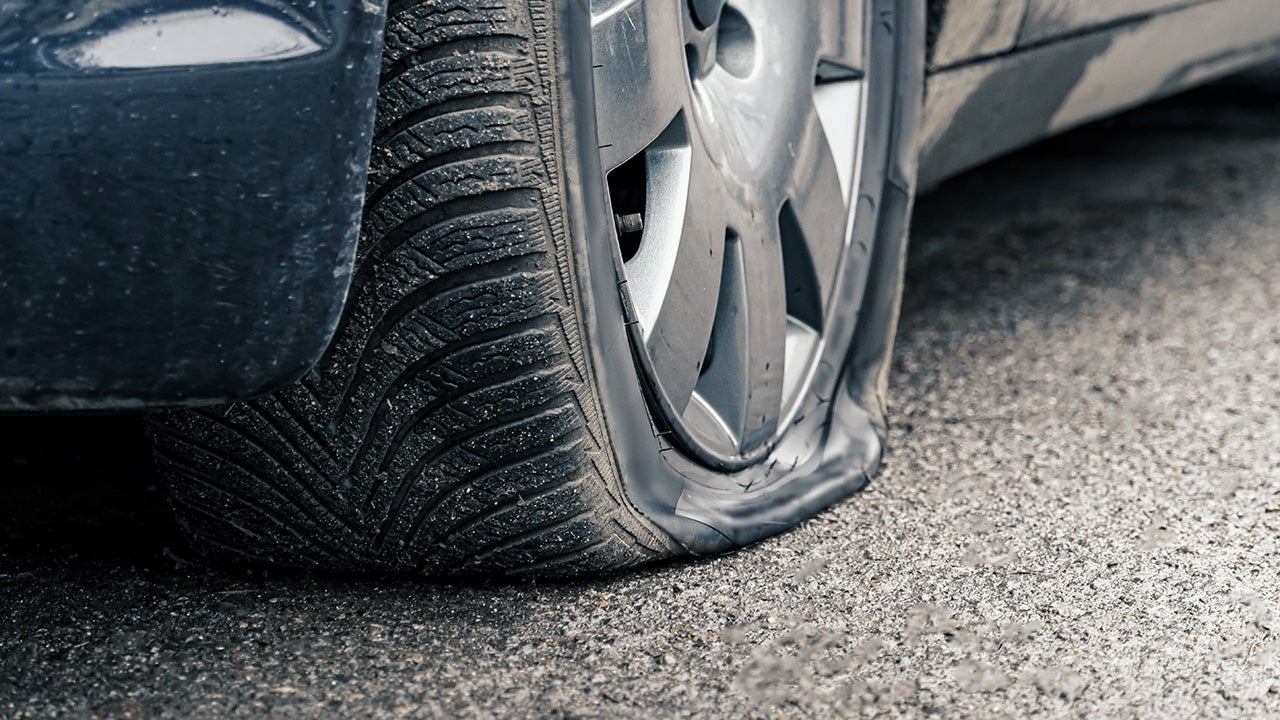All Categories
Featured
Table of Contents
The Michelin used a comfortable driving experience, qualified by responsive steering and a dynamic understeer equilibrium. In spite of the cooler screening conditions, Michelin's consistent time and grip over 3 laps shows its viability for real-world applications. Alternatively, Yokohama's efficiency was distinctive. While its super-quick guiding resulted in a rapid front axle turn, the rear revealed a propensity to swing extra.
The tyre's initial lap was a second slower than the second, aiming to a temperature-related grip rise. For everyday use, the Michelin could be a more secure wager.
Tyre Performance Near Me ( Stirling)
It shared Michelin's risk-free understeer equilibrium however did not have the latter's determination to transform. Continental and Goodyear's efficiencies were notable, with Continental's brand-new PremiumContact 7 revealing a considerable renovation in damp problems compared to its predecessor, the PC6. This design was far less conscious load changes and behaved much like the Michelin, albeit with somewhat much less communication at the limitation.
It integrated the safe understeer balance of the Michelin and Continental with some stylish handling, proving both foreseeable and fast. As an all-rounder for this Golf GTI, Goodyear's Crooked range was the standout, showing remarkable efficiency in the damp. Lastly, the Bridgestone Potenza Sport took the crown as the fastest tire, albeit by a little margin.
This tyre obtained grippier as it warmed up, similar to the Yokohama. Motorists seeking an amazing wet drive might discover this tyre worth thinking about. The standout performer in damp stopping was the newest tire on examination, the PremiumContact 7, though the outcomes are nuanced. We conducted wet braking examinations in three various means, twice at the brand-new state and when at the worn state.
Trusted Tyre Checks
Ideally, we desired the cold temperature level examination to be at around 5-7C, however logistical delays implied we tested with an average air temperature level of 8C and water at 12C. While this was cooler than basic test conditions, it was still warmer than real-world problems. The cozy temperature level test was done at an average of 18C air and 19C water.
The third run entailed wet braking tests on used tires, specifically those machined down to 2mm with a small altercation. While we planned to do more with these worn tires, weather condition constraints limited our screening. It's worth keeping in mind that wet braking is most important at the used state, as tires normally boost in completely dry conditions as they put on.

Bridgestone, Goodyear, and Michelin saw the least performance reduction when used. The Hankook tire registered the smallest efficiency decrease as temperatures cooled, however it was amongst the most affected when used.
Affordable Wheel Balancing Near Me ( Stirling)
The take-home message here is that no solitary tyre stood out in all aspects of wet stopping, showing a complicated interaction of aspects affecting tyre performance under different conditions. There was a standout tyre in aquaplaning, the Continental ended up top in both straight and bent aquaplaning, with the Michelin and Goodyear additionally great in much deeper water.

Yokohama might gain from somewhat even more grasp, an issue potentially influenced by the colder problems. As for managing, all tires performed within a 2% array on the lap, demonstrating their high-grade efficiency (Wheel balancing). Nevertheless, considering these tyres essentially target the exact same consumer, it interests observe the substantial distinctions in feeling.
The surprise is because the PremiumContact 6 was one of my favourites for sporty dry drives, however its follower, the PremiumContact 7, seems elder and looks like Michelin's efficiency. Among these, Hankook was the least exact in steering and interaction at the limit. Performance tyres. Both Michelin and Continental offered charming initial steering, albeit not the fastest
If I were to suggest a tyre for a quick lap to a beginner, say my dad, it would certainly be one of these. Then we have the 'enjoyable' tyres, namely Yokohama and Bridgestone. Both were speedy to guide and really felt sportier than the others, however the trade-off is an extra spirited back end, making them extra tough to manage.
Trusted Tyre Rotation Services Near Me – Balga WA
It gave similar steering to Bridgestone yet supplied far better responses at the restriction and far better grip. The Bridgestone Potenza Sport, nevertheless, seemed to deteriorate quite quickly after simply 3 laps on this demanding circuit. Lastly, there's Goodyear, which positioned itself someplace in between the fun tyres and those having a tendency in the direction of understeer.
All in all, these tyres are excellent performers. In terms of tyre wear, the approach utilised in this test is what the industry refers to as the 'gold criterion' of wear.
Both the Bridgestone and Yokohama tyres substantially underperformed in contrast to the various other 4 tyres in regards to rolling resistance, with Continental slightly outperforming the rest. Concerning the convenience level of the tyres, as expected, most demonstrated an inverted correlation with handling. The Continental, Michelin, and Goodyear tyres done ideal across numerous surface area kinds evaluated.

Bridgestone began to reveal indications of suppleness, while Yokohama was specifically disconcerting over fractures. We did measure inner sound levels; nonetheless, as is often the instance, the results were very closely matched, and as a result of weather constraints, we were incapable to perform a subjective evaluation of the tyres sound. We looked at abrasion figures, which measure the quantity of tire step shed per kilometre, normalised to a one-tonne lorry.
Honest Budget Tyres Near Me
This number stands for the quantity of rubber dirt your tyres generate while driving. Michelin led in this group, producing over 9% less rubber particle issue.
Latest Posts
Affordable Discount Tyres
Tyre Repair Near Me – [:uarea] [:postcode] [:state]
Top Cost-effective Car Tyres Near Me – Swan 6063 WA